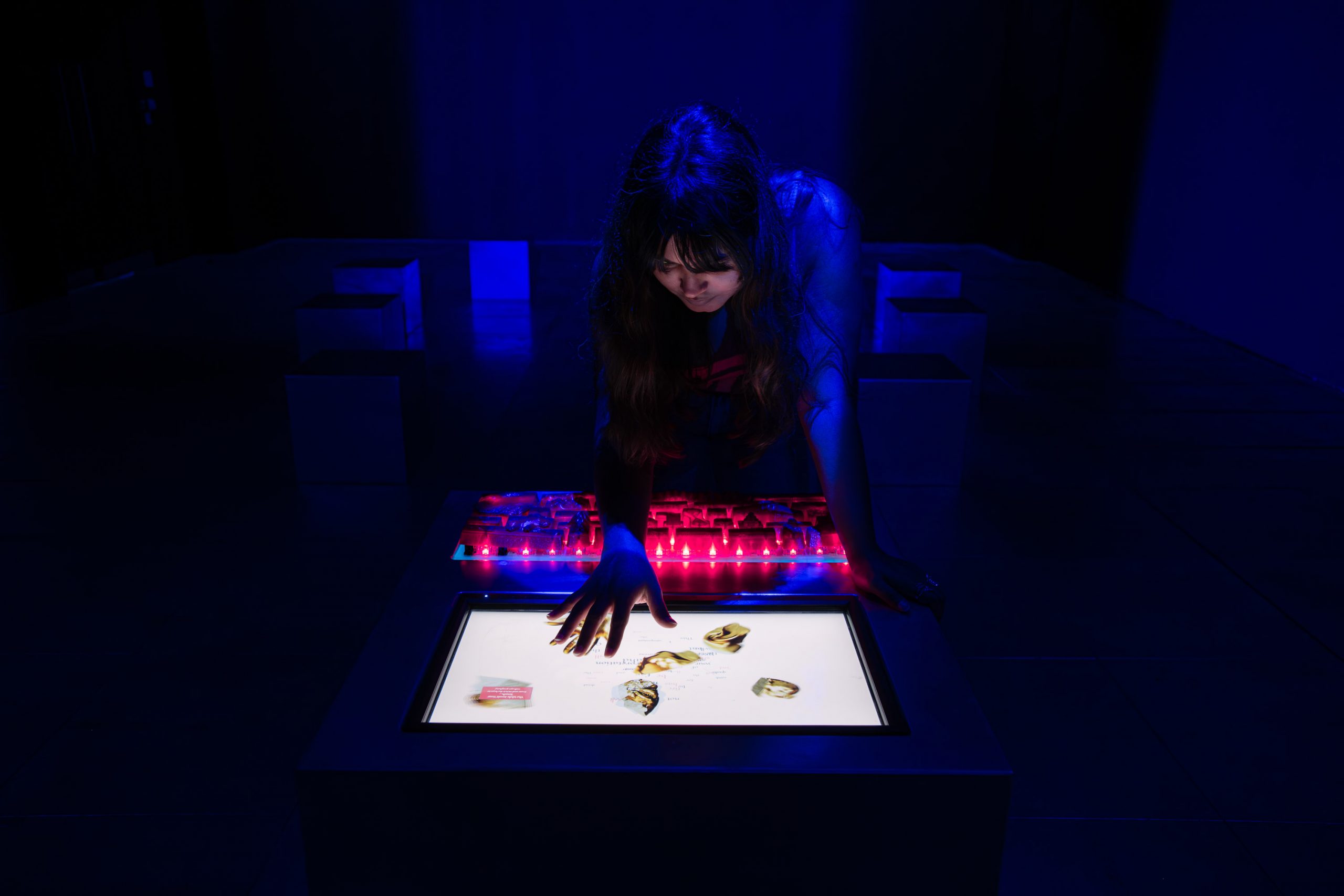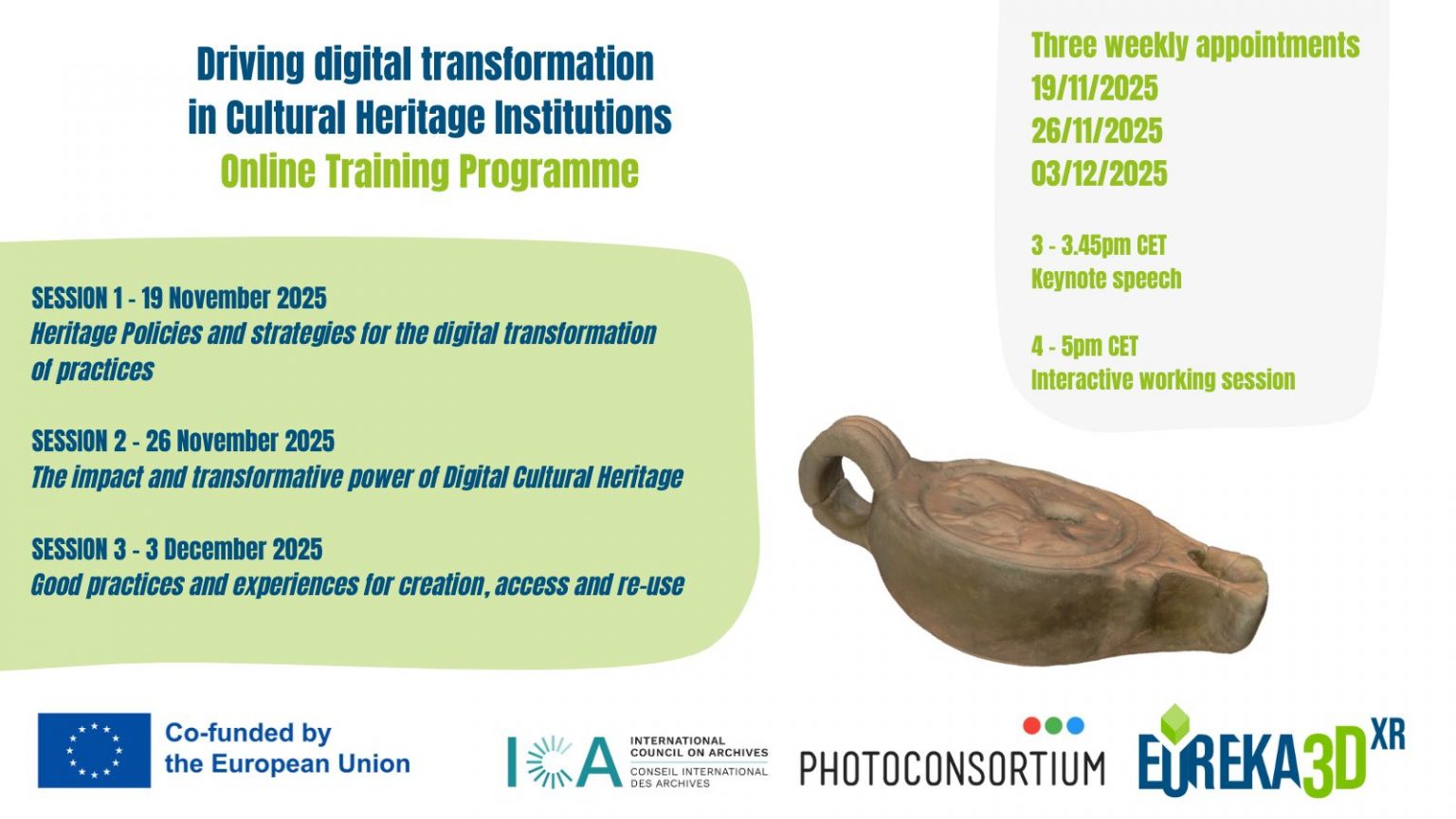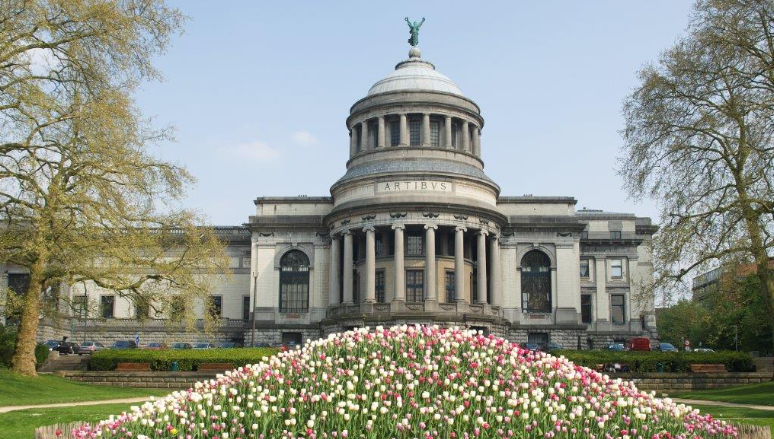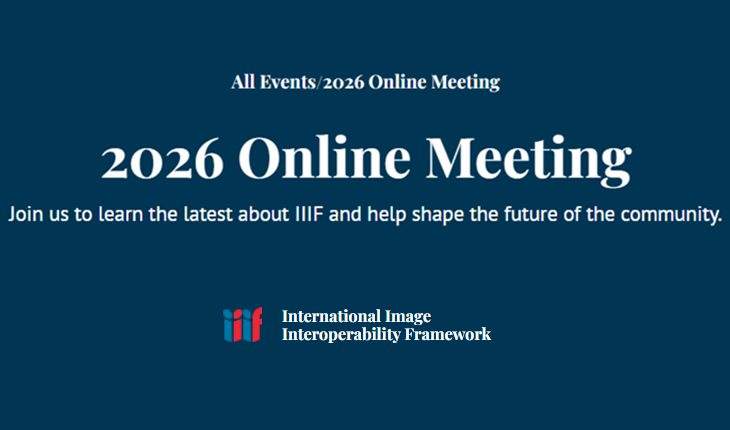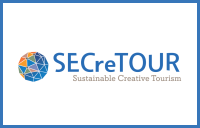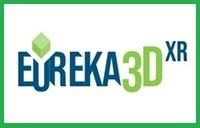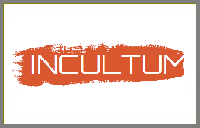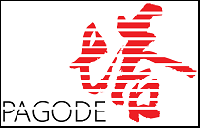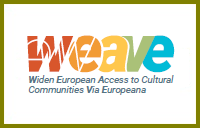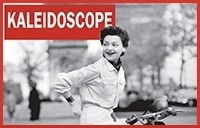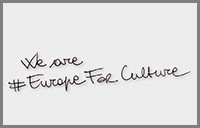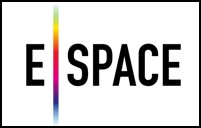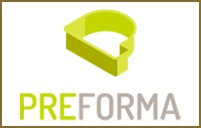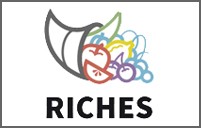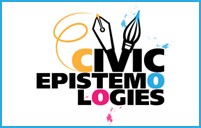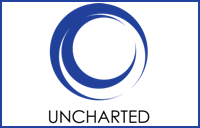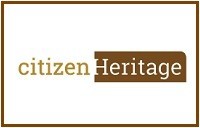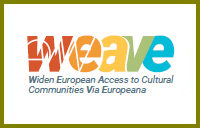 After the remarkable experiences and results reached in the framework of the European Year of CH 2018, the European Commission proposes new challenges and opportunities of cohesion.
After the remarkable experiences and results reached in the framework of the European Year of CH 2018, the European Commission proposes new challenges and opportunities of cohesion.
In this general context the event of Prague comes up in the form of a forum, a global problem solving platforms on the future of cultural heritage. The purpose of the meeting is to create a space for exchanging ideas between professionals from various backgrounds, including heritage professionals, activists, academics, local authorities, and representatives of foundations and centralised institutions such as the European Commission.
There will be no formal presentation or speech. This Prague Global Platform is neither a seminar nor a workshop. Case studies and best practices will be used just for supporting the illustration of the participants’ ideas and proposals. The aim of participating in the Prague Global Platform is indeed to share background knowledge and expertise and jointly explore possible approaches, methods and solutions for heritage-based solutions to societal challenges.
The forum will focus on cultural heritage and digitalization. Three parallel working groups, each moderated by a facilitator, will explore the following themes:
– Intangible cultural heritage and digitalisation: New technologies have created an unprecedented opportunity to allow for the preservation, protection, transmission, research, valorisation, and access to intangible cultural heritage. This theme explores how digital processes relating to intangible heritage can be implemented and improved, and the possibilities they create for the expanded preservation and use of intangible cultural heritage.
– Digital cultural heritage, the tech industry, and smart and inclusive growth: Technological innovation plays a key role in the development of economies and communities, but currently most of this innovation has been concentrated in a few hubs. How will future technologies disperse these benefits and developments? This theme explores how technology and cultural heritage can interact economically at the local and regional level, reducing stress on big cities and distributing the benefits of the use of cultural heritage in commercial applications.
– Enhanced digitally enabled cultural heritage participation for all citizens: Digitally connected technologies allow for widespread dissemination and access to cultural heritage elements in a variety of formats. Cultural organisations have an opportunity to act as enablers and hubs for digital cultural heritage goods and can play a key part in stimulating active citizenship. This theme looks at how organisations can utilise new platforms to reach wider audiences and provide deeper and more personal access to various cultural goods as well as the effects of this expanded access on individuals, culture, and society more broadly.
Ms Antonella Fresa expert on digital cultural heritage will participate to the debate on behalf of the REACH project where she plays the role of Network Coordination. In this context she will share the experience in the promotion of social participation in Cultural Heritage and she will present Open-Heritage.eu, the independent online space of the REACH social platform open to the contribution of the whole community of Heritage Research.
Login Status
-
Free text
UPCOMING EVENTS:
 Upcoming appointment: October 8th, Museo della Grafica (Pisa) at 4PM
Upcoming appointment: October 8th, Museo della Grafica (Pisa) at 4PMOn the 19th of September, the UNFRAMED – Towards a New Reality exhibition was successfully opened at the Palazzo del Parlascio in Pisa, with the capability of uniting culture, research, and tourism. The vernissage was followed on the 24th by a … Continue reading →
 Collaboration agreement has started between SECreTour and GAL Elimos in October 2025
Collaboration agreement has started between SECreTour and GAL Elimos in October 2025The SECreTour Network is growing! GAL Elimos (Gruppo di Azione Locale Elimos) is a Local Action Group based in Calatafimi Segesta, in the Trapani area (Sicily). Its mission is to foster local development and innovation through EU-funded rural development programs, … Continue reading →


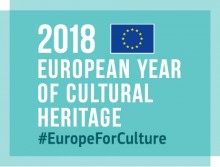

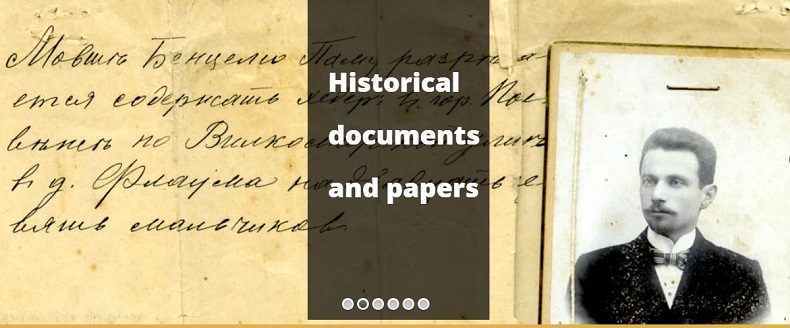
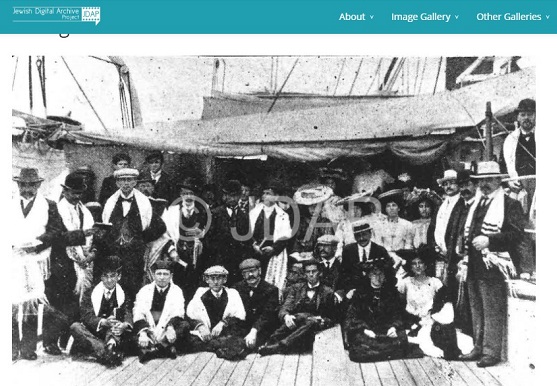
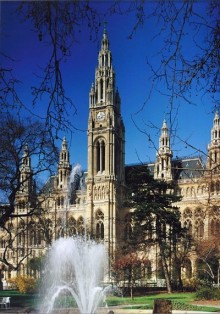

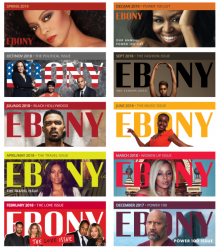
 Michael Gibson, CEO of EBONY MEDIA OPERATIONS, writes: “Since 1945, EBONY magazine has shined a spotlight on the worlds of Black people in America and worldwide. Our commitment to showcasing the best and brightest as well as highlighting disparities in Black life has been, and will always be, cornerstone to EBONY”.
Michael Gibson, CEO of EBONY MEDIA OPERATIONS, writes: “Since 1945, EBONY magazine has shined a spotlight on the worlds of Black people in America and worldwide. Our commitment to showcasing the best and brightest as well as highlighting disparities in Black life has been, and will always be, cornerstone to EBONY”.

 “URBAN AND HOUSING SYSTEMS UNDER PRESSURE: VARIETIES OF RESPONSES”
“URBAN AND HOUSING SYSTEMS UNDER PRESSURE: VARIETIES OF RESPONSES” Focus of the discussion were the two presentations held by Open Heritage and REACH Project Partners.
Focus of the discussion were the two presentations held by Open Heritage and REACH Project Partners.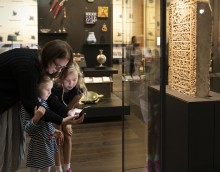
 The British Museum and Samsung reopen the award-winning Samsung Digital Discovery Centre (SDDC) after a significant upgrade, and announce an ambitious new digital learning programme that brings together the world of museums with the world of technology.
The British Museum and Samsung reopen the award-winning Samsung Digital Discovery Centre (SDDC) after a significant upgrade, and announce an ambitious new digital learning programme that brings together the world of museums with the world of technology.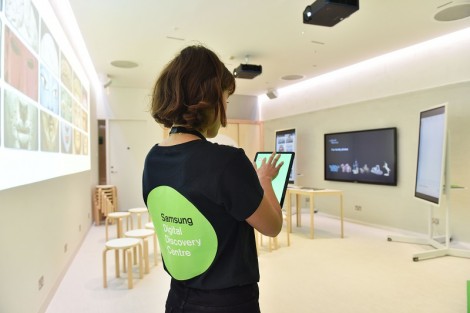



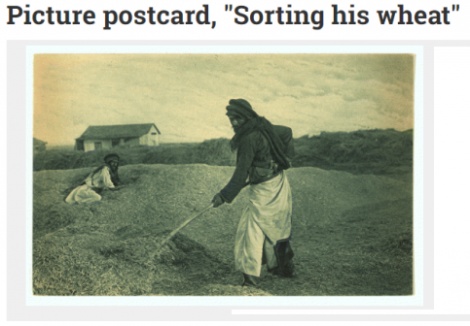
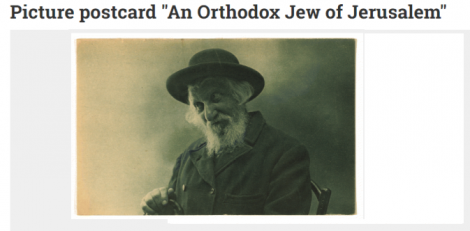

 In the Notes about the photo here on the left we read: The bell rack. Contraption used by an Alabama slave owner to guard a runaway slave. This rack was originally topped by a bell which rang when the runaway attempted to leave the road and go through foliage or trees. It was attached around the neck as shown in the picture. A belt passed through the loop at the bottom to hold the iron rod firmly fastened to the waist of the wearer. In the accompanying photograph Richbourg Gailliard, assistant to the director of the Federal Museum and also a well-known young Mobile artist, poses to show the use made of the bell rack.
In the Notes about the photo here on the left we read: The bell rack. Contraption used by an Alabama slave owner to guard a runaway slave. This rack was originally topped by a bell which rang when the runaway attempted to leave the road and go through foliage or trees. It was attached around the neck as shown in the picture. A belt passed through the loop at the bottom to hold the iron rod firmly fastened to the waist of the wearer. In the accompanying photograph Richbourg Gailliard, assistant to the director of the Federal Museum and also a well-known young Mobile artist, poses to show the use made of the bell rack.
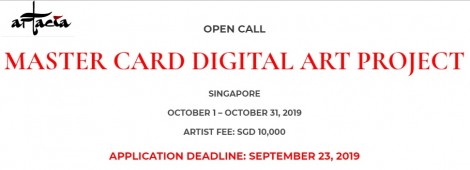 Artacia and MasterCard are inviting TWO Digital/New Media artists from Asia to create artworks for the new MasterCard Experience Center in Singapore that will highlight factors that keep MasterCard at the forefront of technology and innovation.
Artacia and MasterCard are inviting TWO Digital/New Media artists from Asia to create artworks for the new MasterCard Experience Center in Singapore that will highlight factors that keep MasterCard at the forefront of technology and innovation.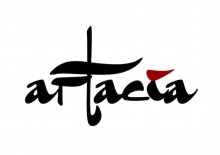 About Artacia:
About Artacia:
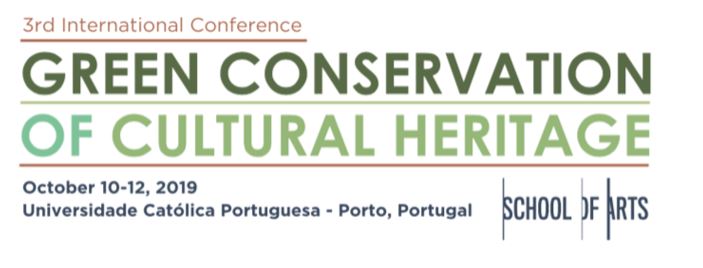 The International Conferences in Green Conservation of Cultural Heritage have been the main international forum for cross- disciplinary research on green conservation and cultural heritage aimed at more ecological and sustainable solutions.
The International Conferences in Green Conservation of Cultural Heritage have been the main international forum for cross- disciplinary research on green conservation and cultural heritage aimed at more ecological and sustainable solutions.

